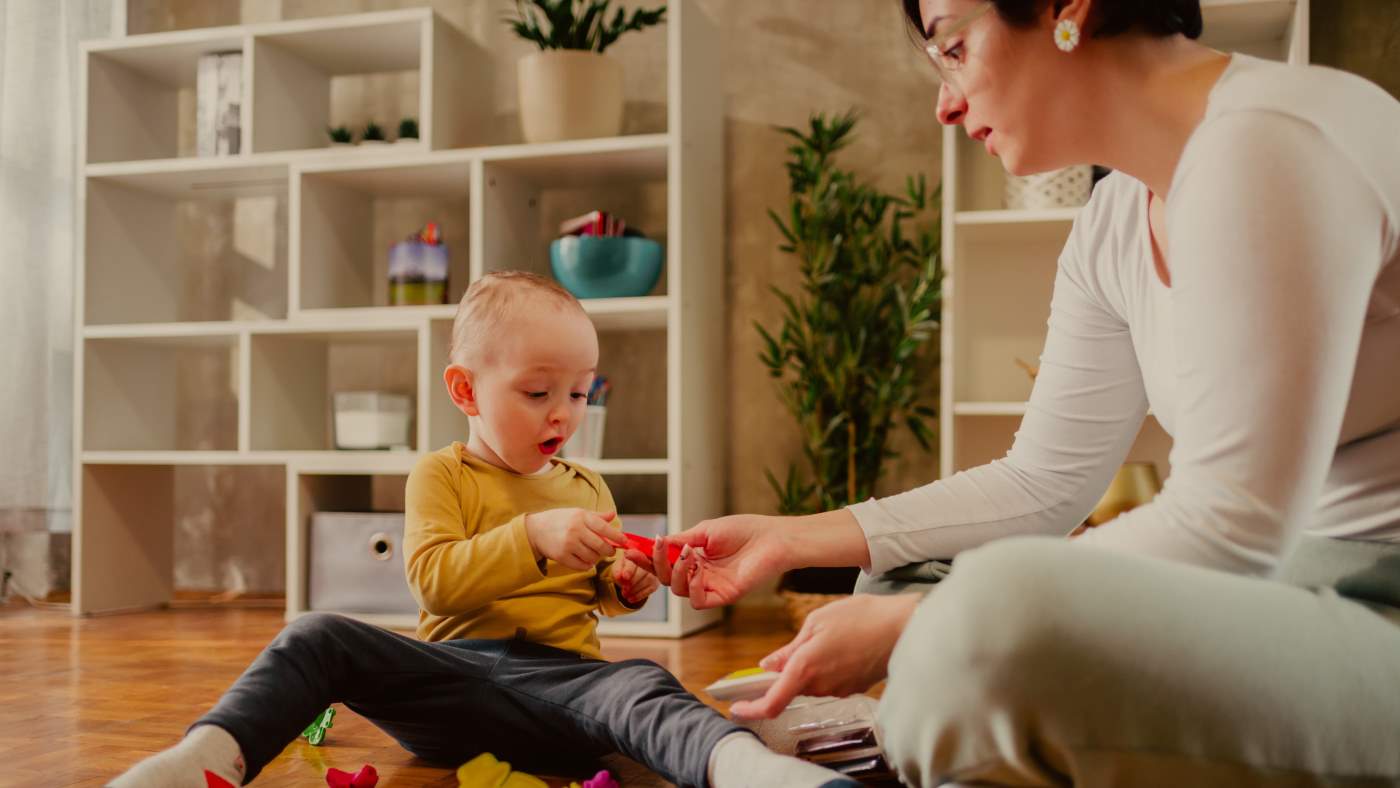Play dough or play don’t? Here’s our advice if it just isn’t for you

Is play dough a 'no no' in your house? Whether it’s the mess, the texture, the way the colours end up all smushed together... there are lots of reasons play dough just doesn’t appeal to some of us, and that is absolutely fine. Toddlers can learn a lot from playing with dough, but there are ways to make it work for you and ensure your toddler is getting the same experiences.
See it as a sensory exploration
Using play dough is a sensory experience for your toddler, as they can explore all the ways to change its texture. It also often comes with a strong smell, either of the dough itself or an added scent, specific feel and even a fun sound if dropped or smushed just right. All these things might be a pro, or a con, for you and your child depending on your own sensory preferences.
Play dough is also a brilliant tool for cognitive and social development, as it gives children a chance to problem solve, test ideas, share thoughts and think while they play.
It provides a way for your toddler to try out a variety of tools to roll, cut and shape the dough, or perhaps simply to decorate it, and this combines with the way they have to use their hands to move the dough to give them opportunities to develop their fine motor skills.
But if you find it adds more stress than squish to your day, don’t feel like you absolutely have to embrace it. There are other ways to give your toddler these opportunities without the mess.
Make it edible
If you enjoy cooking and baking, do this with your toddler and give them a portion of dough to work on alongside you. They can enjoy the smells (and taste) of the dough while squishing, kneading or using tools to create their version of your bake.
Bread rolls, scones, biscuits and pasta dough are all brilliant for this, as long as you don’t mind some overworked dough being included in your dinner.
Make it artistic
You can work on art projects with your child which use clay (either natural clay or air-dry versions) and create experiences as well as items which will last.
Clay is still messy, so make sure you’re set up for that, but it doesn’t have the same smell or texture as play dough so can appeal to people who find that a little much. It also has the advantage of being a very diverse material – your toddler will be able to learn over time how to change its texture and use by adding water, using tools and drying it for different amounts of time.
Make it mess-free (ish)
Is your toddler a play dough lover and you want to find a way to make it work for both of you? Try containing the dough in a sealed freezer bag for your toddler to mould and squish without opening, or keep it in a jar, or tub, which they can reach into with their hands and fingers, but not take it out.
If you know your toddler won’t be able to resist taking the dough out of the containers, making play dough an outdoor activity might be the answer for your family.
If all else fails, ask for some help
It might be worth asking some friends and family if any of them really enjoy it. You could be surprised how much they do – and play dough can become a special activity enjoyed at Aunty Alisha’s house instead of yours!
Above all, don’t worry too much about replacing it if you find it too much
Your toddler will be able to have all the same experiences they can get from play dough in other ways, as they grow and play, so if it is something you just don’t want to think about, simply rule it out.